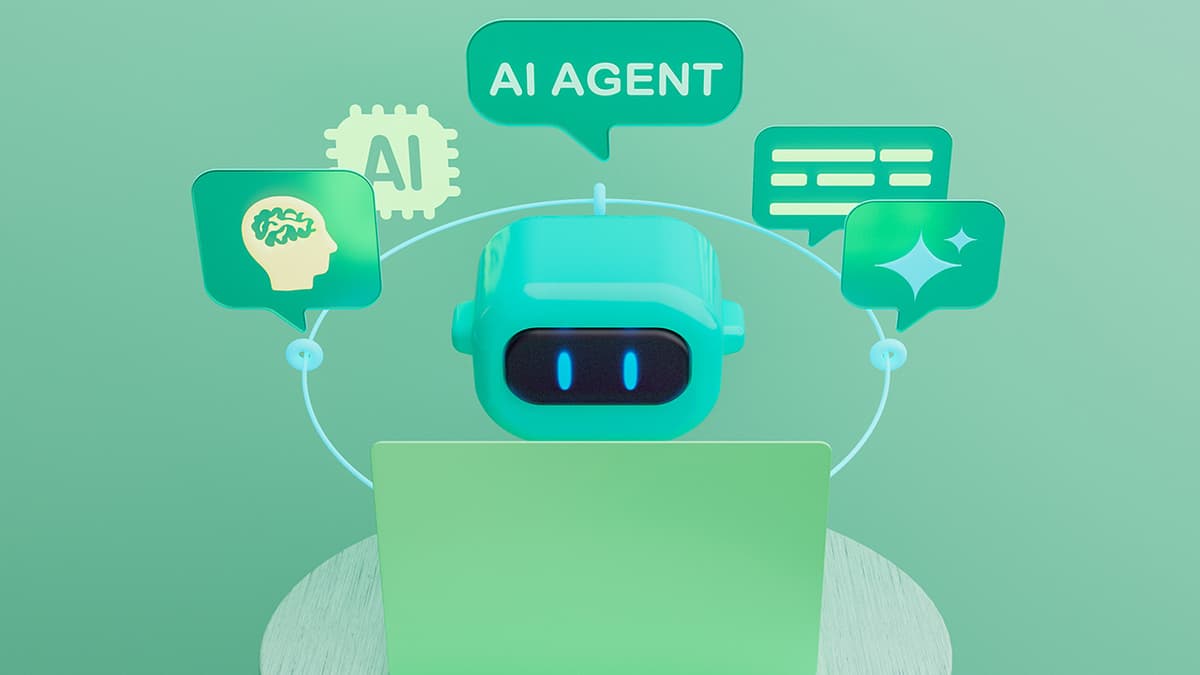Conversational AI
Conversational AI is a branch of artificial intelligence that powers applications designed to communicate with humans in their natural languages. These applications utilize machine learning algorithms to comprehend human language and provide intelligent responses. A key technology in conversational AI is Natural Language Processing (NLP), enabling computers to understand, interpret, generate, and make sense of human language.
Different Types of Conversational AI
What are the main types of conversational AI?
- Chatbots: Automated programs that mimic conversations with humans in natural language. They are often integrated into websites, apps, or messaging platforms to engage users.
- Virtual Assistants: Conversational AI bots that respond to voice commands. Examples include Google Assistant, Amazon Alexa, and Siri.
- Messaging Applications: Focus on text-based interactions, commonly used for customer support.
How Does Conversational AI Work?
How does conversational AI effectively understand and respond to human language?
Conversational AI employs several technologies that work together:
- Natural Language Understanding (NLU): Allows conversational AI to comprehend and interpret human language. It processes user input, interprets meaning, and formulates the best response.
- Natural Language Processing (NLP): Governs how machines interact with human language, understanding context, ambiguity, and inference.
- Natural Language Generation (NLG): Produces human-like text by transforming structured data into natural language, commonly used in report generation and content creation.
Benefits of Conversational AI
What advantages does conversational AI offer?
- Customer Satisfaction: Instant responses reduce wait times, enhancing overall customer satisfaction.
- Cost Efficiency: Automated systems for customer service can significantly lower operational costs while operating 24/7 and handling multiple queries simultaneously.
- Data Collection: Capable of collecting and analyzing large amounts of data in real-time, offering insights that can improve business operations and decisions.
- Customizing User Experience: Learning from past interactions allows conversational AI to create personalized experiences, increasing user engagement and customer retention.
Future of Conversational AI
What does the future hold for conversational AI?
The future is looking bright. The growth of voice search and smart devices encourages companies to enhance their conversational AI capabilities. Advanced natural language processing technologies are improving the ability of AI to understand and respond accurately to diverse human interactions. Expect significant growth and sophistication in conversational AI soon.
Conversational AI is changing how businesses engage with their customers. Its capability for real-time human-like interactions, simultaneous query handling, and personalized responses signifies its transformative potential. As technology progresses, conversational AI continues to evolve, offering even more benefits for businesses and customers alike. Companies must find ways to leverage its power to stay competitive.












